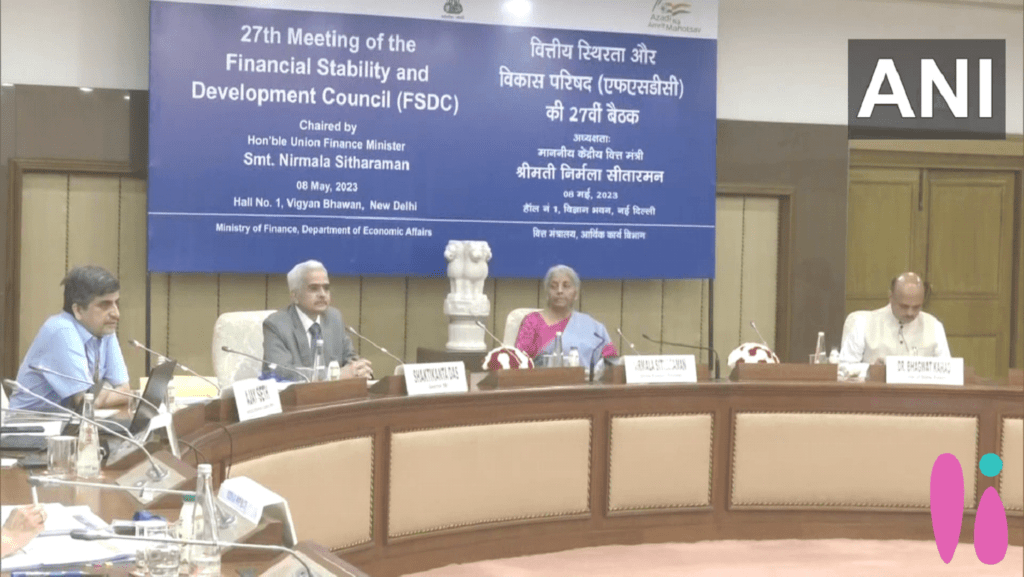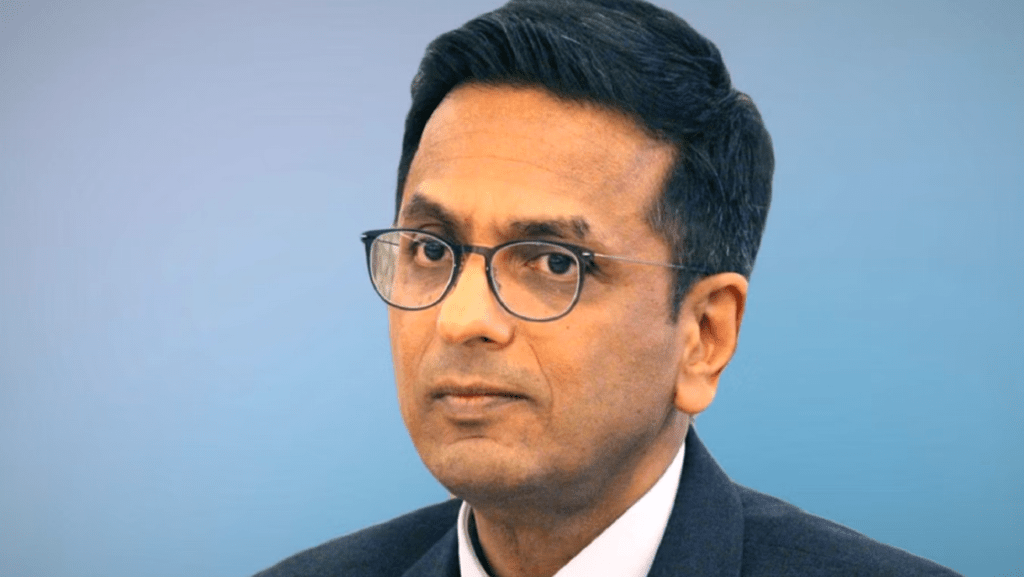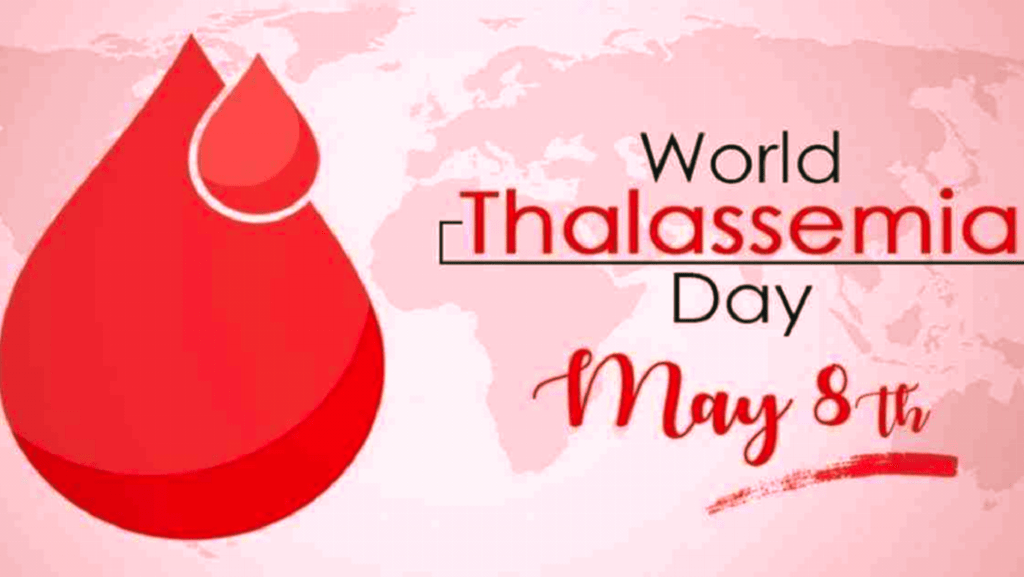8th-9th May Important Events By Kandela IAS || Nirmala Sitharaman’s Address on Global Stress Spillovers and Financial Stability

⦁ Financial regulators urged to remain vigilant: Finance Minister Nirmala Sitharaman emphasized the importance of financial sector regulators staying alert to prevent the impact of global economic challenges on India’s financial markets.
⦁ Shared responsibility for financial stability: Sitharaman highlighted that maintaining financial stability is a collective responsibility, involving all regulators. She called for the development of early warning indicators to identify potential stress in the financial sector and take corrective action promptly.
⦁ Confidence in the resilience of India’s financial sector: Economic Affairs Secretary Ajay Seth assured that the Indian financial sector is well-protected against global spillovers, emphasizing its strong regulatory framework.
⦁ Increased focus on cyber security: Sitharaman stressed the need for enhanced preparedness and cybersecurity measures in digitized segments of the market. Large regulated entities, systematically important financial entities, and financial market infrastructure were specifically highlighted as areas requiring higher levels of protection.
⦁ Facilitating the return of unclaimed financial savings: The Minister urged regulators to establish a system to help investors and depositors or their nominees and legal heirs reclaim unclaimed funds. Special drives and outreach efforts, especially when nominee details are available, were recommended to settle these claims promptly.
⦁ Streamlining the KYC process: The Financial Stability and Development Council discussed simplifying and streamlining the Know Your Customer (KYC) process. An expert committee report was submitted, and regulators were tasked with reviewing their legislative frameworks to propose necessary changes.
⦁ Legislative reforms and parliamentary support: Regulators were instructed to conduct an expedited review of their legislative frameworks and suggest amendments where needed. These proposals would then be considered by the government for enactment through the parliamentary process.
⦁ Enhancing retail investors’ experience: The FSDC highlighted the importance of providing a simplified and seamless investing experience for retail investors in government securities. Regulators were assigned the responsibility of utilizing technology to facilitate this process, with a time-bound approach.
In summary, Nirmala Sitharaman’s address to the Financial Stability and Development Council emphasized the need for regulators to remain vigilant against global stress spillovers, maintain financial stability, strengthen cybersecurity measures, facilitate the return of unclaimed funds, streamline the KYC process, propose legislative reforms, and enhance the investing experience for retail investors.
Table of Contents
Chief Justice Questions Manipur High Court’s Power to Modify Scheduled Tribes List

⦁ Chief Justice of India, D.Y. Chandrachud, expressed surprise at the Manipur High Court’s lack of awareness of a 23-year-old Constitution Bench judgment that clearly stated that no court or state has the authority to alter the Scheduled Tribes List.
⦁ The Chief Justice emphasized that a High Court does not possess the power to direct changes in the Scheduled Tribes List, as it is solely within the purview of the President.
⦁ Following a directive by a Single Judge Bench of the Manipur High Court on March 27, violent clashes and deaths erupted in the state.
⦁ Article 342(1) of the Constitution explicitly establishes that the power to designate a Scheduled Caste or Scheduled Tribe lies with the President.
⦁ The Constitution Bench ruling in the State of Maharashtra versus Milind case in November 2000 clearly stated that no state government, court, tribunal, or authority can modify the list of Scheduled Tribes specified in the notification issued under Article 342.
⦁ The Constitution Bench held that only Parliament, through legislation, can amend the notification issued under Article 342 to include or exclude tribes or tribal communities.
⦁ The judgment emphasized that the Scheduled Tribes Order must be interpreted as it is, and no tribe, sub-tribe, part, or group within a tribe or tribal community can be considered synonymous with those mentioned in the Scheduled Tribes Order if they are not explicitly listed.
⦁ The Milind verdict, which established these principles, was cited in a July 2017 judgment authored by Justice Chandrachud (at the time) for a three-judge Bench of the Supreme Court in CMD, FCI versus Jagdish Balaram Bahira, reaffirming the finality of the Presidential Order under Article 342 regarding Scheduled Tribes.
Celebrating World Thalassemia Day: Key Points to Know

⦁ World Thalassemia Day is an annual event observed on May 8th to raise awareness about thalassemia, a genetic blood disorder.
⦁ Thalassemia affects the production of hemoglobin, leading to anemia and various health complications.
⦁ The event aims to educate the public about thalassemia, its causes, symptoms, and available treatments.
⦁ Thalassemia is primarily inherited and can be passed on from parents to children.
⦁ There are two main types of thalassemia: alpha thalassemia and beta thalassemia, each with different subtypes.
⦁ Symptoms of thalassemia include fatigue, weakness, pale skin, slow growth, bone deformities, and organ damage.
⦁ Regular blood transfusions and chelation therapy are common treatments for thalassemia patients to manage their condition.
⦁ Bone marrow transplantation can be a potential cure for thalassemia, especially in severe cases.
⦁ Genetic counseling plays a crucial role in helping individuals understand the risk of thalassemia and make informed decisions about family planning.
⦁ The importance of blood donation is emphasized on World Thalassemia Day as thalassemia patients often require frequent blood transfusions.
⦁ Awareness campaigns, educational programs, and support groups are organized globally on this day to advocate for thalassemia patients and their families.
⦁ Early diagnosis through prenatal testing and newborn screening programs can lead to better management and improved quality of life for affected individuals.
⦁ Governments, healthcare organizations, and NGOs collaborate to improve access to thalassemia treatment, genetic counseling, and support services.
⦁ Efforts are ongoing to promote research and development for more effective treatments and potential cures for thalassemia.
⦁ World Thalassemia Day serves as a reminder of the challenges faced by thalassemia patients and the need for continued support, understanding, and empathy from society.
⦁ Celebrated on the 8th of May, the International Thalassaemia Day is devoted to raising awareness amongst the general public and decision-makers about thalassaemia, promoting and strengthening the lifelong and difficult struggle of patients against this severe blood disease, and commemorating all the people who are no longer with us, while renewing our promise to keep fighting until the final cure for thalassaemia is found.
⦁ Every year since 1994, the Thalassaemia International Federation (TIF) is organising many diverse activities for the International Thalassaemia Day, with the objective to draw the attention of general public, patient associations, public authorities, healthcare professionals, and industry representatives, to fuel discussions and promote actions on a particular theme related to the prevention, management or treatment of the disease in a patient-centred manner.
Themes:
⦁ 2021 – ”Addressing Health Inequalities Across the Global Thalassaemia Community”.
⦁ 2020 – ”The dawning of a new era for thalassaemia: Time for a global effort to make novel therapies accessible and affordable to patients”
⦁ 2019 – “Universal access to quality thalassaemia healthcare services: Building bridges with and for patients”
⦁ 2018 – “Thalassaemia past, present and future: Documenting progress and patients’ needs worldwide”
⦁ 2017 – “Get connected: Share knowledge and experience and fight for a better tomorrow in thalassaemia”
⦁ 2016 – “Access to safe and effective drugs in thalassaemia”
⦁ 2015 – “Enhancing partnership towards patient-centred health systems: good health adds life to years!”
⦁ 2014 – “Economic Recession: Observe – Joint Forces – Safeguard Health”
⦁ 2013 – “The right for quality health care of every patient with Thalassaemia: major and beyond”
⦁ 2012 – “Patients’ Rights Revisited”
What is Thalassemia?
⦁ Thalassemia is an inherited blood disorder caused by a deficiency in the production of a protein called hemoglobin, an essential component of red blood cells.
⦁ Inadequate hemoglobin production leads to the improper functioning of red blood cells, resulting in their shorter lifespan and a reduced number of healthy red blood cells circulating in the bloodstream.
⦁ Red blood cells play a crucial role in delivering oxygen to all cells in the body, serving as their source of energy.
⦁ Insufficient healthy red blood cells result in reduced oxygen supply to the body’s cells, leading to symptoms such as fatigue, weakness, and shortness of breath.
⦁ This condition is known as anemia, which can range from mild to severe in individuals with thalassemia.
⦁ Severe anemia poses a risk to organ health and can even be life-threatening if left untreated.
In summary, thalassemia is a genetic blood disorder characterized by insufficient hemoglobin production, leading to the impaired function and decreased lifespan of red blood cells. This condition causes anemia, resulting in symptoms like fatigue, weakness, and shortness of breath. Understanding the impact of thalassemia is crucial in managing the disorder effectively and preventing potential complications.
DIFFERENT TYPES OF THALASSEMIA?
Understanding Different Types and Severity of Thalassemia
⦁ Thalassemia can refer to either the specific part of hemoglobin affected (alpha or beta) or the severity of the condition.
⦁ Hemoglobin is composed of two parts, alpha and beta, and when either part is not produced adequately, it results in thalassemia.
⦁ Low production of alpha leads to alpha thalassemia, while low production of beta leads to beta thalassemia.
⦁ The severity of thalassemia is described using terms like trait, carrier, intermedia, or major.
⦁ Thalassemia trait may exhibit no symptoms or only mild anemia, whereas thalassemia major can present severe symptoms requiring regular blood transfusions.
⦁ Thalassemia traits are inherited from parents and determine the type of thalassemia an individual has.
⦁ The number and type of thalassemia traits inherited from parents influence the type of thalassemia an individual develops.
⦁ For example, inheriting two beta thalassemia traits results in beta thalassemia major, while inheriting one alpha thalassemia trait and one normal alpha part leads to alpha thalassemia trait (also known as alpha thalassemia minor).
⦁ Having a thalassemia trait means no symptoms may be present, but there is a risk of passing the trait to children, increasing their chances of having thalassemia.
⦁ Certain thalassemias may have alternative names, such as Constant Spring, Cooley’s Anemia, or hemoglobin Bart hydrops fetalis.
⦁ Cooley’s Anemia is synonymous with beta thalassemia major.
⦁ How do I know if I have thalassemia?
How It’s Diagnosed and Its Familial Connection
⦁ Thalassemia is typically diagnosed in childhood for individuals with moderate and severe forms, as they exhibit symptoms of severe anemia early on in life.
⦁ People with milder forms of thalassemia may discover their condition when they experience anemia symptoms or when routine blood tests or tests conducted for other reasons reveal anemia.
⦁ The hereditary nature of thalassemia means that it can run in families, leading some individuals to become aware of their condition due to the presence of relatives with a similar disorder.
⦁ Certain regions of the world have a higher prevalence of thalassemia traits, increasing the risk for individuals with family origins from these areas. Mediterranean countries like Greece and Turkey, as well as regions in Asia, Africa, and the Middle East, have a higher incidence of thalassemia traits.
⦁ If a person exhibits anemia symptoms and has family members hailing from these high-risk regions, their doctor may conduct additional blood tests to determine if thalassemia is the underlying cause.
Can I prevent thalassemia?
Because thalassemia is passed from parents to children, it is very hard to prevent. However, if you or your partner knows of family members with thalassemia, or if you both have family members from places in the world where thalassemia is common, you can speak to a genetic counselor to determine what your risk would be of passing thalassemia to your children.
Kandela IAS recognizes the value of keeping abreast of current events and offers a diverse range of courses to help you stay informed of the latest developments and trends. Kandela IAS team of experienced faculty members is committed to delivering top-quality education that equips you with the knowledge and skills necessary to succeed in your profession. Our blog post, “Important Events by Kandela IAS,” provides you with valuable information about significant happenings worldwide. Moreover, Kandela IAS provide comprehensive current affairs courses that encompass a broad range of topics, including politics, economics, sports, and entertainment.
So, if you want to achieve your career objectives, enroll in our courses today and take advantage of the learning opportunities we provide. And also Subscribe for our Youtube Channel Kandela IAS For more updates
